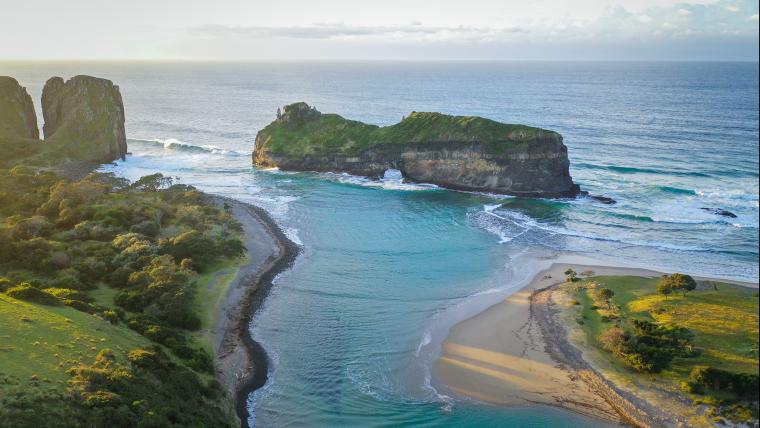
Meet the amaXhosa community that shapes this coastal landmark
Listen carefully. Is that the waves crashing against the rocks, or are sea-people singing in tune with the ocean’s din? In Mgxotyeni, you can never be sure. This Eastern Cape village, nine kilometres from Coffee Bay, is filled with wonder. Here, amaXhosa communities live along a coastline characterised by a natural landmark. Locals call this the place of thunder, but South Africans know it as the Hole in the Wall.
Near the mouth of the Mpako River, this towering sandstone cliff features a cavity created by waves battering it for millennia. It’s significant for both its stature and the myths surrounding it. Locals tell the tale of a man belonging to a tribe of mystical sea-people who fell in love with an isiXhosa woman from Mgxotyeni. Determined to be with her despite her father’s refusal, he enlisted the help of a giant fish who rammed into the cliff, creating a gap. While the legend has faded, the rock formation still stands. Today, the lagoon at Hole in the Wall is teeming with marine life and can be enjoyed by swimmers during low tide.
With the assistance of local tour guides, travellers to Mgxotyeni can also tour the villages nearby. This part of the Eastern Cape is steeped in amaXhosa culture, and many will open their homes to provide visitors with insight. Underneath thatched roofs, sumptuous meals of samp and beans cooked over the coals are complemented by umqombothi. Cattle wander freely around the rondavels. At pools in the forest, sangomas perform sacred rituals. Life is rich in heritage and nature’s bounty.
Surrounded by wilderness along the coastal trails, expect to spot amethyst sunbirds and yellow-fronted canaries, or even a pod of dolphins. Entering this corner of the Eastern Cape is akin to exploring the pathways of paradise. Experience a wave of awe beneath Hole in the Wall and meet the welcoming community who live on the surrounding slopes. With a warm climate year-round, this region embodies South Africa’s indigenous wealth.
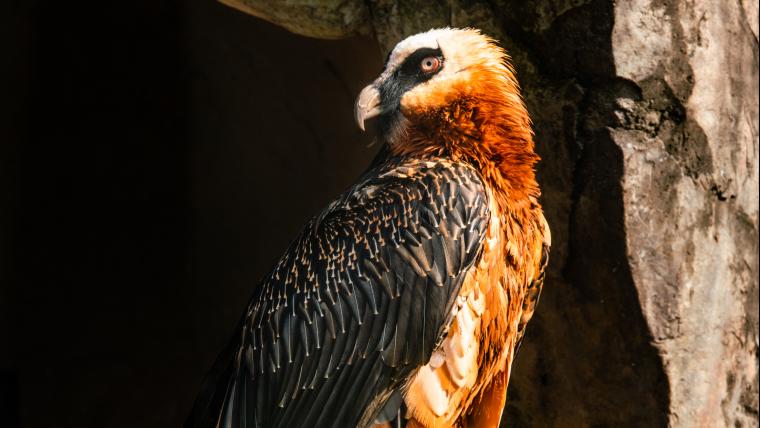
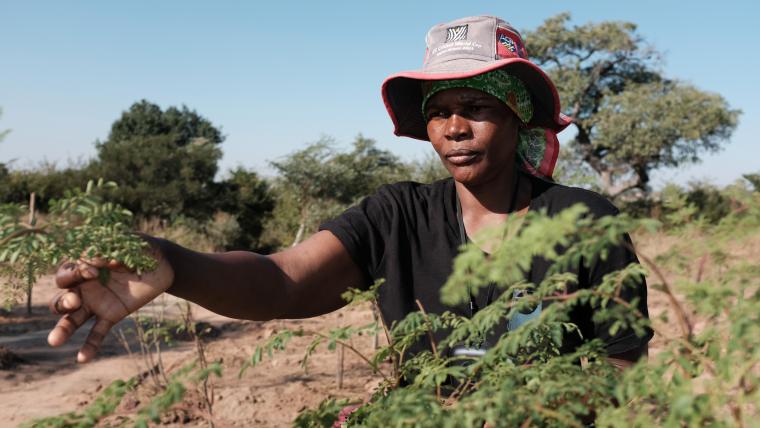
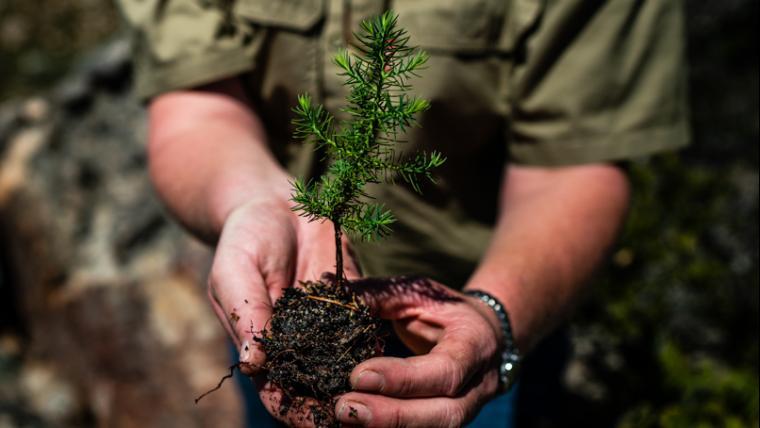
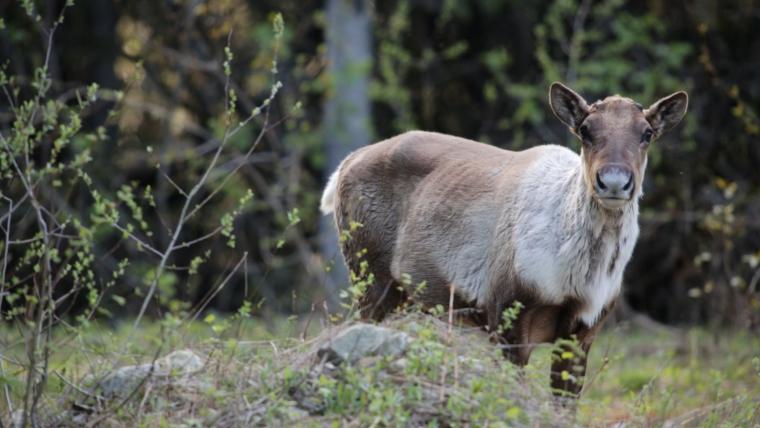
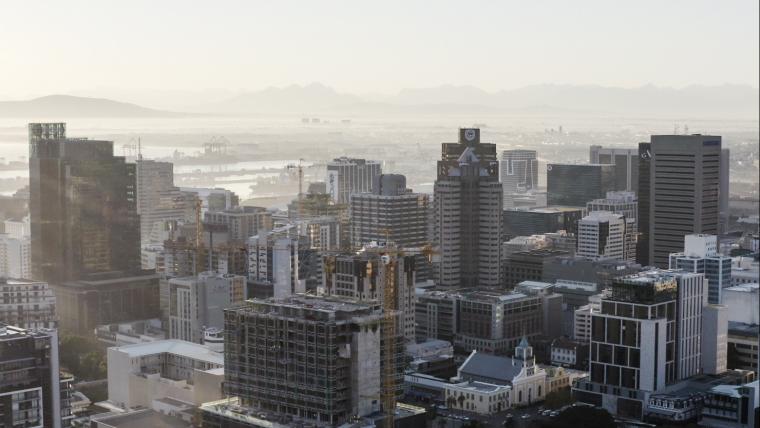
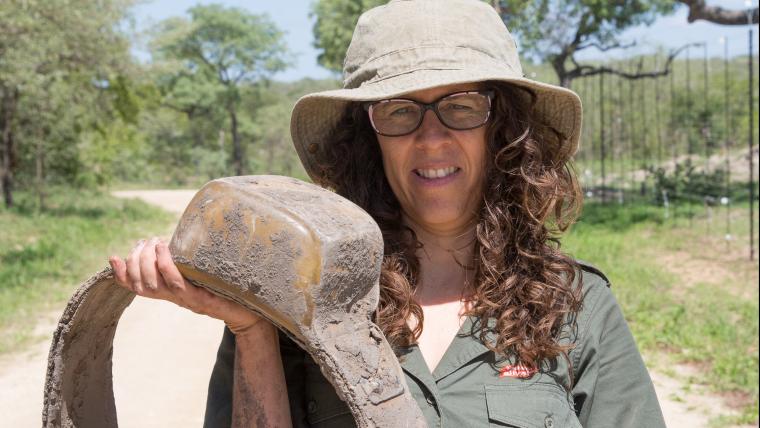
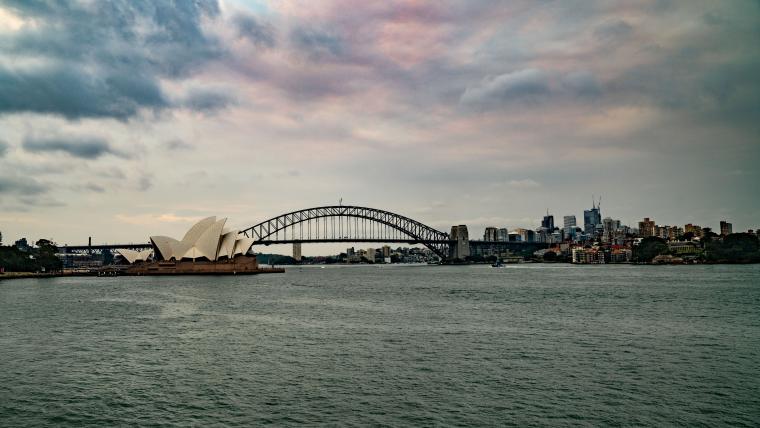
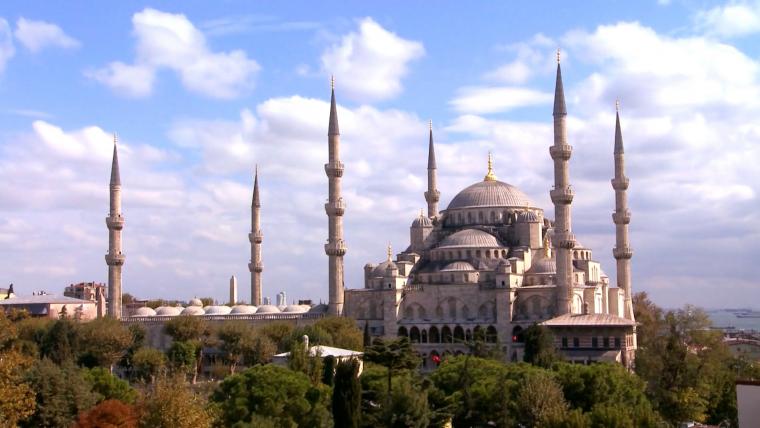
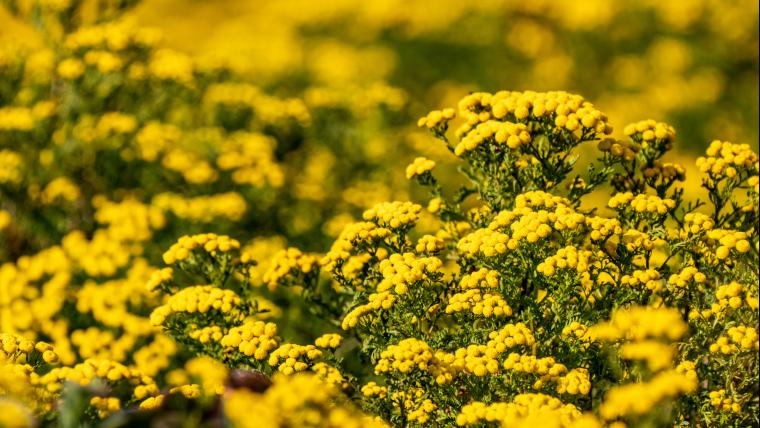
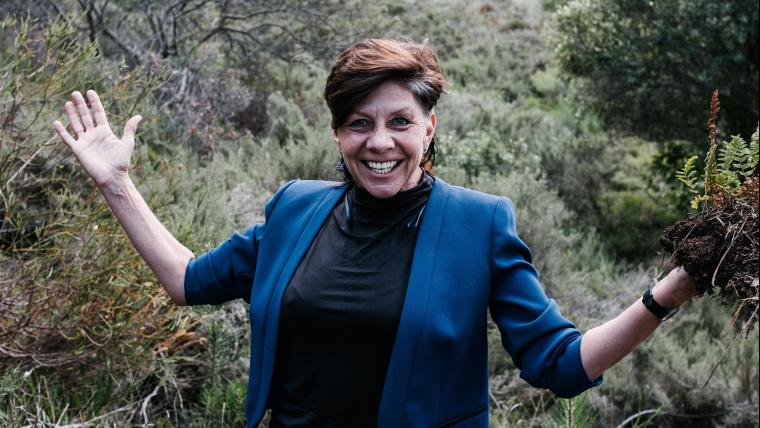




















Please sign in to leave a comment